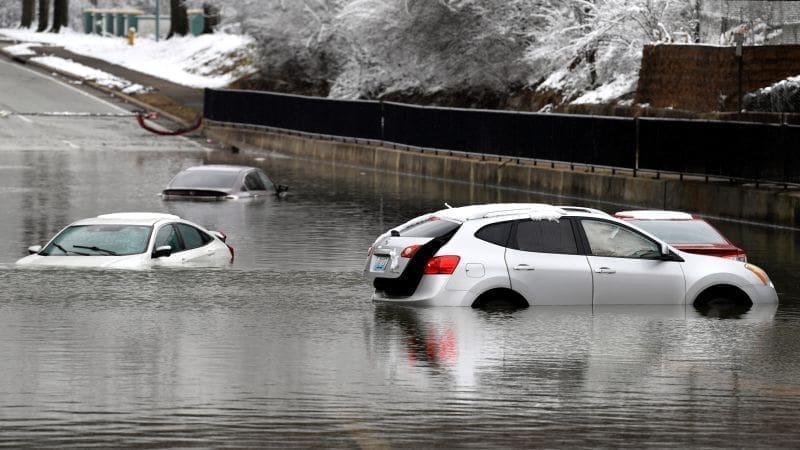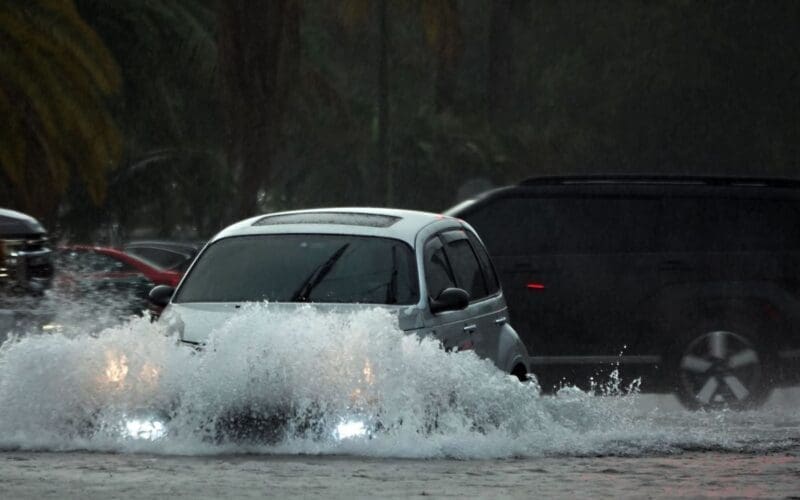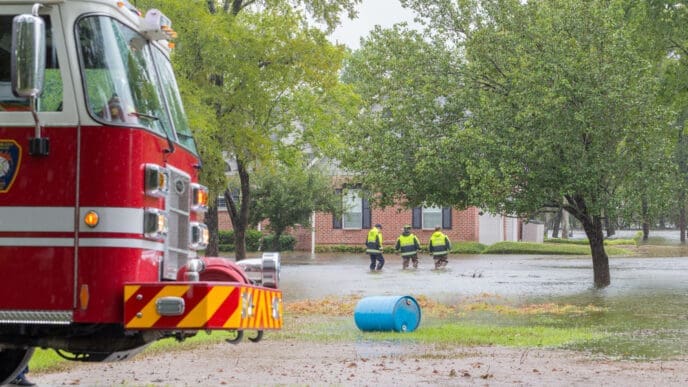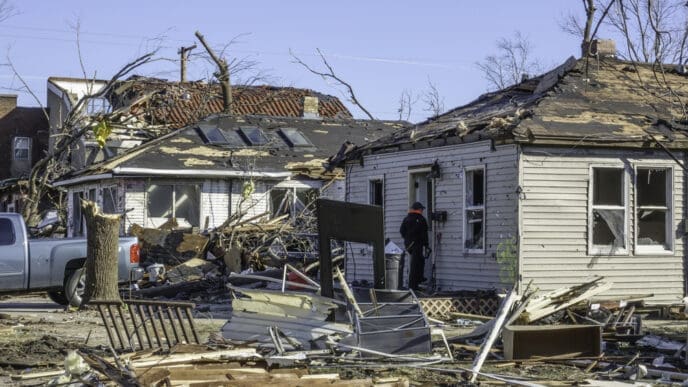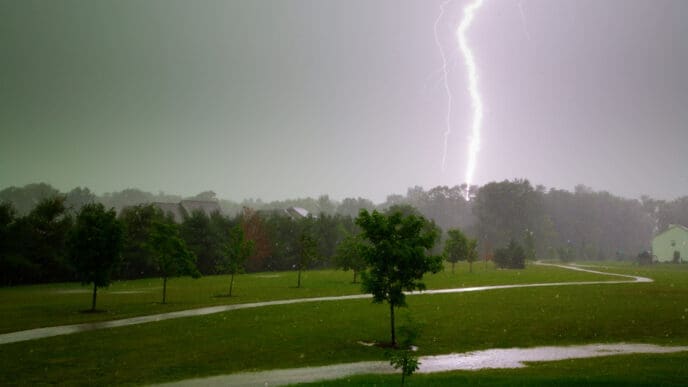Recent observations reveal that this year’s Antarctic ozone hole ranks among the smallest since monitoring began, signifying continued success in global environmental efforts.
The National Oceanic and Atmospheric Administration (NOAA) reported that the ozone hole over the Antarctic has shrunk, making it the seventh smallest recorded since recovery initiatives started in 1992. Each year, a hole forms in the ozone layer over the southern pole; however, recent data indicate significant reduction compared to previous years.
According to scientists from both NOAA and NASA, complete recovery of the ozone layer is anticipated by 2066. Paul Newman, the leader of NASA’s ozone research team, noted, “The 2024 Antarctic hole is smaller than ozone holes seen in the early 2000s. The gradual improvement we’ve seen in the past two decades shows that international efforts that curbed ozone-destroying chemicals are working.”
Typically, the ozone depletion peaks from September 7 to October 13. This year’s hole averaged 8 million square miles, peaking at 8.5 million square miles on September 28, as per NOAA’s data. Although this average size is approximately three times larger than the United States, it marks a continued downward trend from the sizes observed in the early 2000s.
NOAA and NASA have monitored the ozone hole’s size since 1979, when satellite technology first allowed for accurate tracking. Depletion of the ozone layer increases UV radiation exposure, posing risks such as higher incidences of skin cancer and cataracts, along with potential impacts on agriculture and ecosystems.
The Montreal Protocol, an international treaty established to cease the use of ozone-depleting substances, has been pivotal in this progress. The decline in chlorofluorocarbons has, along with favorable atmospheric conditions, contributed to this year’s smaller ozone hole. Despite the general shrinking trend, significant ozone holes were recorded as recently as last year.
The observed reduction in the Antarctic ozone hole highlights the effectiveness of international environmental protocols. Continued adherence to such agreements promises a full recovery of the ozone layer by 2066, safeguarding both human health and ecological systems.






